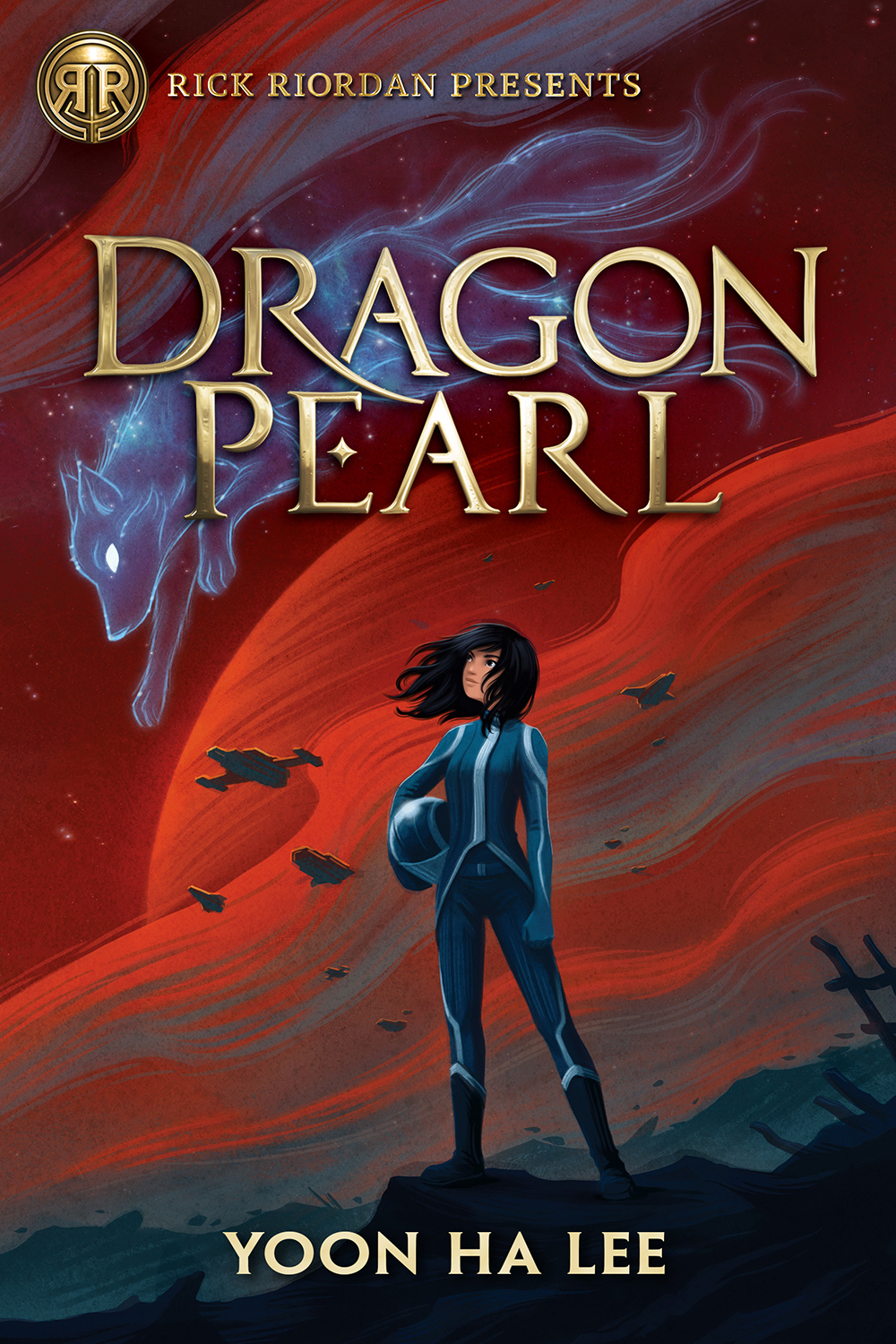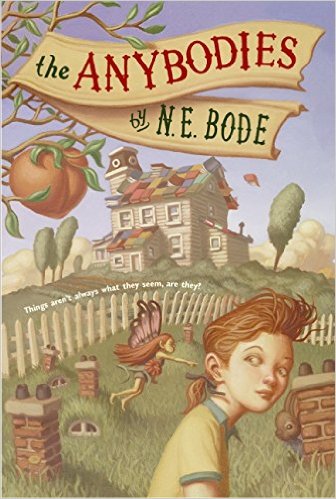[button color=”black” size=”big” link=”http://affiliates.abebooks.com/c/99844/77798/2029?u=http%3A%2F%2Fwww.abebooks.com%2Fservlet%2FSearchResults%3Fisbn%3D9781594746031″ target=”blank” ]Purchase here[/button]
What happens when a filmmaker, vintage photograph collector, and author of a reference work on Sherlock Holmes decides to write a YA novel? What happens is this creepy, funny, weird fantasy involving monsters, time travel, and children with super powers, all accompanied by an atmospheric selection of black-and-white photos.
Our narrator on this journey is sixteen-year-old Jacob Portman, a smart-mouthed rich kid from Florida, USA. As his tale begins, Jacob’s biggest problems are trying to get fired by the drugstore chain owned by his uncles, who have stifling plans for the rest of his life, and watching his beloved Polish-American grandfather slipping into dementia. Grandpa has always told tall stories about the monsters he escaped from as a child (probably the Nazis who murdered his family), and the magical Welsh orphanage where he hid out until he was old enough to go back and fight the monsters himself (which, in reality, may have meant fighting in World War II). The old photos he always claimed as evidence are obviously fake. Now, in his confusion, Abraham Portman claims that the monsters have found him and calls his grandson, pleading for help. Jacob ditches work and rushes to Abraham’s house, only to find his grandfather bleeding to death in the woods. The old man’s dying words suggest that he will find answers on the Welsh island where he grew up. And then Jacob sees it—a monster lurking in the trees, just like the ones his grandfather described.
Of course, the tragedy is put down to feral dogs, and Jacob’s monster sighting is interpreted as if his mind has cracked under the strain. Months of therapy later, Jacob himself believes that what he saw was a wild dog. But after finding another secret stash of his grandfather’s old photos—as well as a letter from someone on that Welsh island—he makes up his mind. Jacob decides he needs to visit this island sanctuary where his grandfather once stayed as a war refugee. Encouraged by his shrink and accompanied by his father (who happens to be a bird-watching enthusiast), he travels by plane, train, and ferry to the tiny island of Cairnholm, where there is exactly one boarding-house, one place to eat, and one land-line telephone (and no cellular reception). Once in these rustic surroundings, Jacob discovers that the orphanage where his grandfather once lived was destroyed by a German aerial bomb in 1940. The only thing it seems likely he will find in the overgrown wreckage is a lot of mildew, wood-rot, and still more weird photographs.
But then, one cold rainy day, one of the children his grandfather played with as a child appears to him. Jacob follows this girl through a secret tunnel, until they come out on a warm summer day in 1940—the very day the bomb struck the house. There Jacob discovers that Miss Peregrine’s Home for Peculiar Children is not just an orphanage, or a haven for war refugees, but a time loop in which several magically gifted children have lived, unchanged, for some seventy years. They include a girl who can start fires with her mind, an invisible boy, a levitating girl, and a boy with bees living inside his body. The 24-hour loop of time in which they live has protected them not only from a fiery death, but also from aging… and especially, from a race of soulless creatures that crave the blood of “peculiar” children. All this is thanks to a headmistress who, besides being able to turn into a bird, can also manipulate time.
Jacob turns out to have a peculiarity of his own, which may be the key to the children’s survival as one of those “hollowgasts” stalks them, aided and abetted by a “wight” (an evil minion with more of a human shape and intellect). On the other hand, Jacob may be the very one who has led these monsters to Miss Peregrine’s doorstep. Whatever happens next, it becomes increasingly clear that Jacob can never go back to his old life. In a sense this is OK, because he likes his new friends—one girl in particular—more than anyone in the world he leaves behind. But in a bigger sense, it means terrible danger as the children face a murderer at large, an armed kidnapper, a terrifying monster, and an uncertain future in the war-torn past. By the end of this book, the children face a mysterious new threat that could destroy not only their safe haven, but the whole world.
This is only the first book in a new series, which continues with the sequel Hollow City, published in January 2014. It’s not only a compelling thriller, with a bit of romance, a lot of laughs, and a hero who grows more attractive as the story goes along. It’s also an album of disturbing and haunting images that appear to have been taken as novelties in the heyday of our grandparents and great-grandparents. These images are so important that, for once, I would advise against taking in this book via the audio-book narrated by Jesse Bernstein. These peculiar children are to be seen, and not heard.





